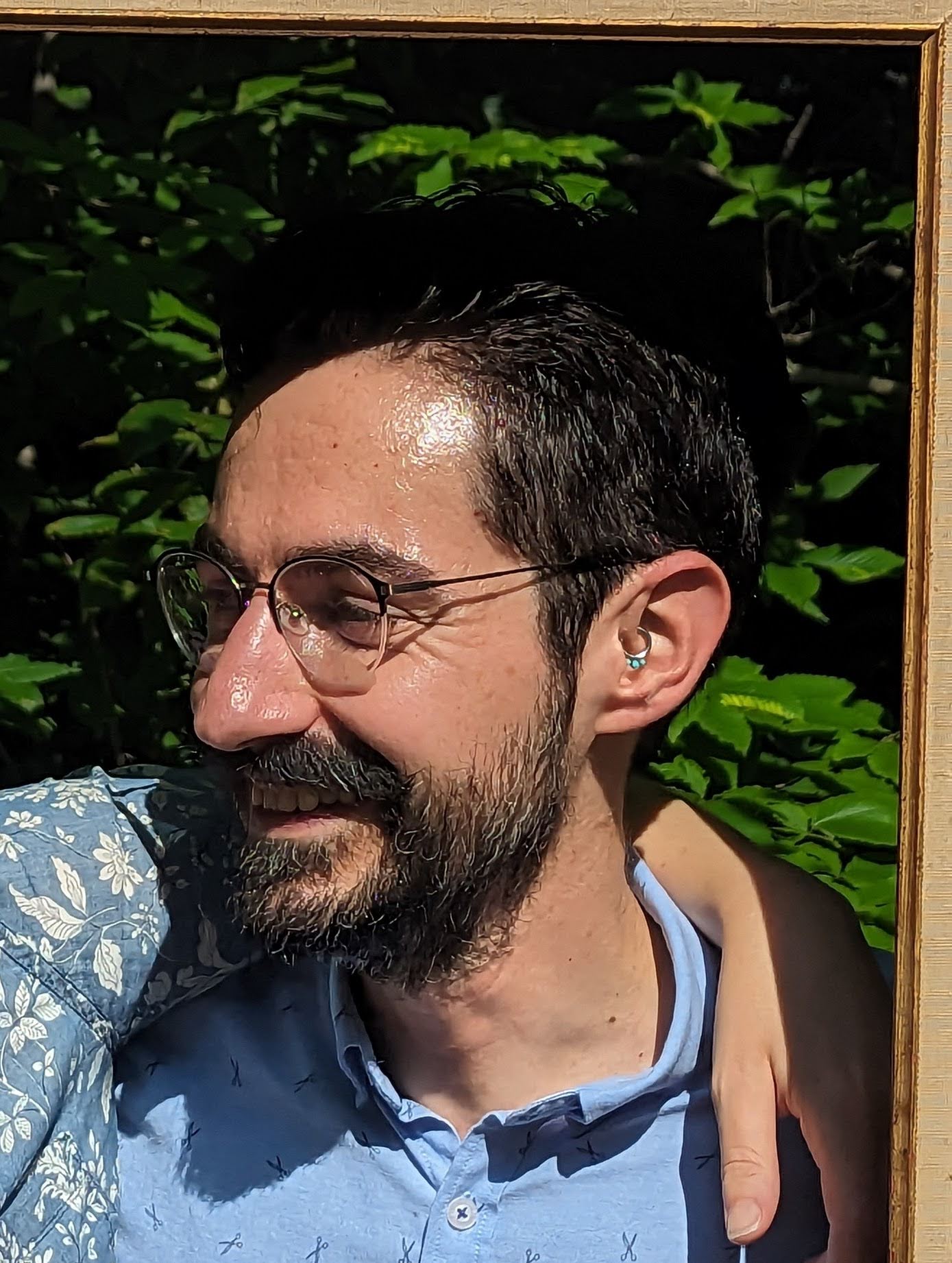
About me
Hi! I’m an AI Research Scientist with a multidisciplinary background in experimental psychology and data science. At Khan Academy, I work with Generative AI technologies like Large Language Models (LLMs), engaging in the full lifecycle of AI development – from research and solution architecture to engineering and evaluation. I aim to build high-quality, reliable AI experiences that will transform learning and support the next generation of learners. I’m passionate about using AI to make education more accessible, engaging, and effective for learners worldwide.
